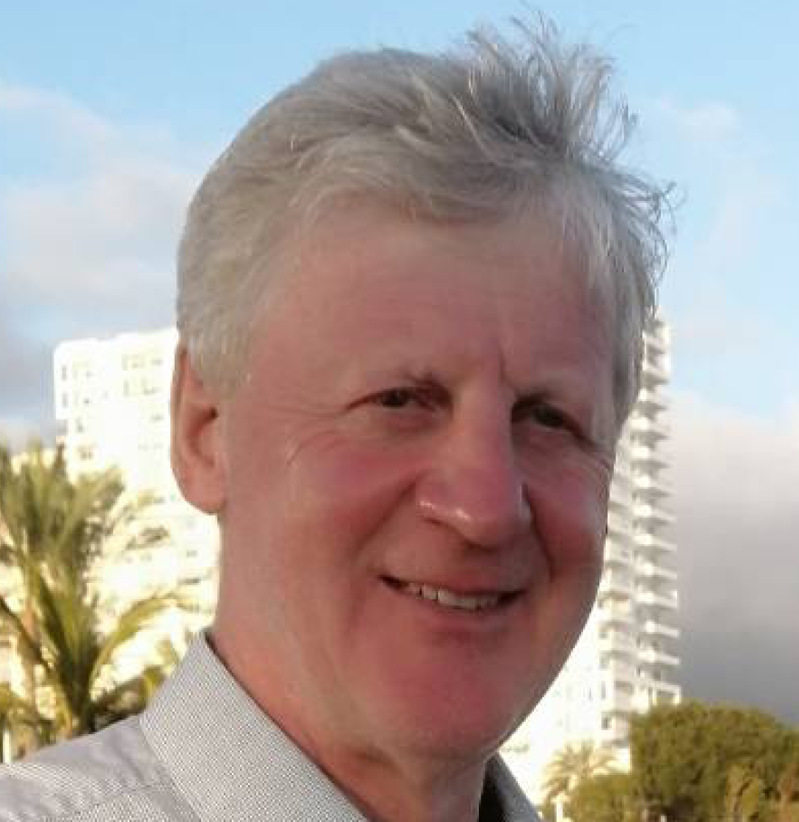Title: Thermoelectricity beyond Bi2Te3
Speaker: Ernst Bauer
Time: 13:30, May 8
Location: Room 215, No. 8 Hainayuan Building
Abstract:
Thermoelectric materials can convert thermal into electrical energy (using the Seebeck effect) and electrical into thermal energy (using the Peltier effect). As such, they are of growing interest for steel, chemical and car industries, in buildings and household applications, etc., due to their potential to reliably utilize waste heat and to refrigerate, while avoiding greenhouse effects. The capability of a thermoelectric material depends primarily on an optimal interplay of electronic and thermal transport quantities such as the Seebeck coefficient S, the electrical resistivity r, and the thermal conductivity l. The quality factor of the thermoelectric conversion is the figure of merit ZT = S2T/(r.l). Values of the order of ZT » 1 are required for a reasonable performance of a thermoelectric device.
While for long time, since the 1950-ties, Bi2Te3-based materials were the basis of all thermoelectric applications in technique and households, the recent two decades have seen a dramatic development of novel active thermoelectric materials, like skutterudites, Zintl-phases, correlated metals, or Heusler alloys, just to name a few.
In my lecture I will focus on: i) a basic understanding of thermoelectric phenomena, ii) showcasing some novel materials, iii) strategies to improve thermoelectrica, iv) solid state physics models and DFT calculations to account for the richness of temperature dependent electronic and thermal transport in thermoelectric materials; such modelling helps to guide relevant experimental studies and v) thermoelectric appliances in daily-life, science and technology.
Biography:

Ernst Bauer obtained his Ph.D. in 1984 from the Vienna University of Technology. He got his postdoctoral lecture qualification in 1991 and became associate professor at the Vienna University of Technology in 1997. In 2009 he was awarded University Professor at the Vienna University of Technology. His research is focused on strongly correlated electron systems at extreme conditions, on superconductivity and thermoelectric materials. In 2004 he detected superconductivity in heavy fermion materials without inversion symmetry. He was the head of European Union COST programme P16 ‘‘ECOM’’, was chairman of the International Conference on Strongly Correlated Electron Systems, SCES’05, of the Austrian neutron and synchrotron user community NESY and head of the Chemical-Physical Society. In 2013 he received a “Christian Doppler Laboratory for Thermoelectricity” and in 2023 he was awarded with the “Outstanding Achievement Award” of the International Thermoelectric Society. He published more than 550 papers in international journals.




